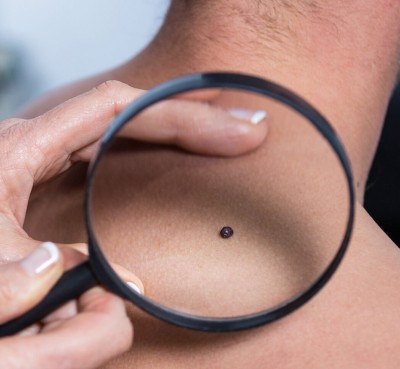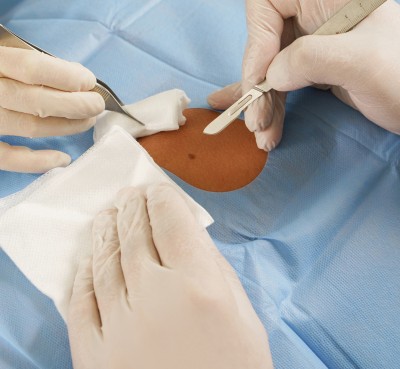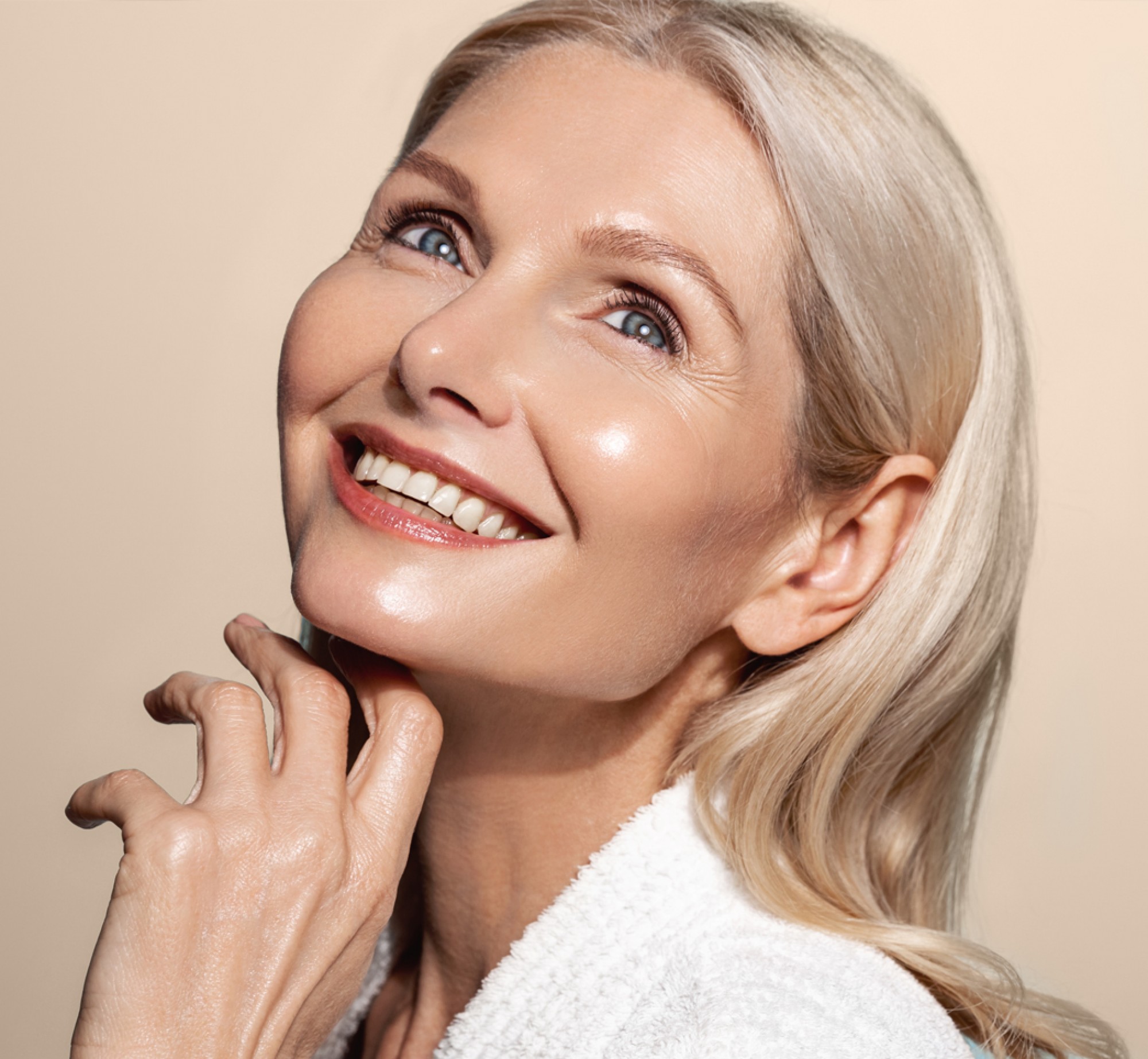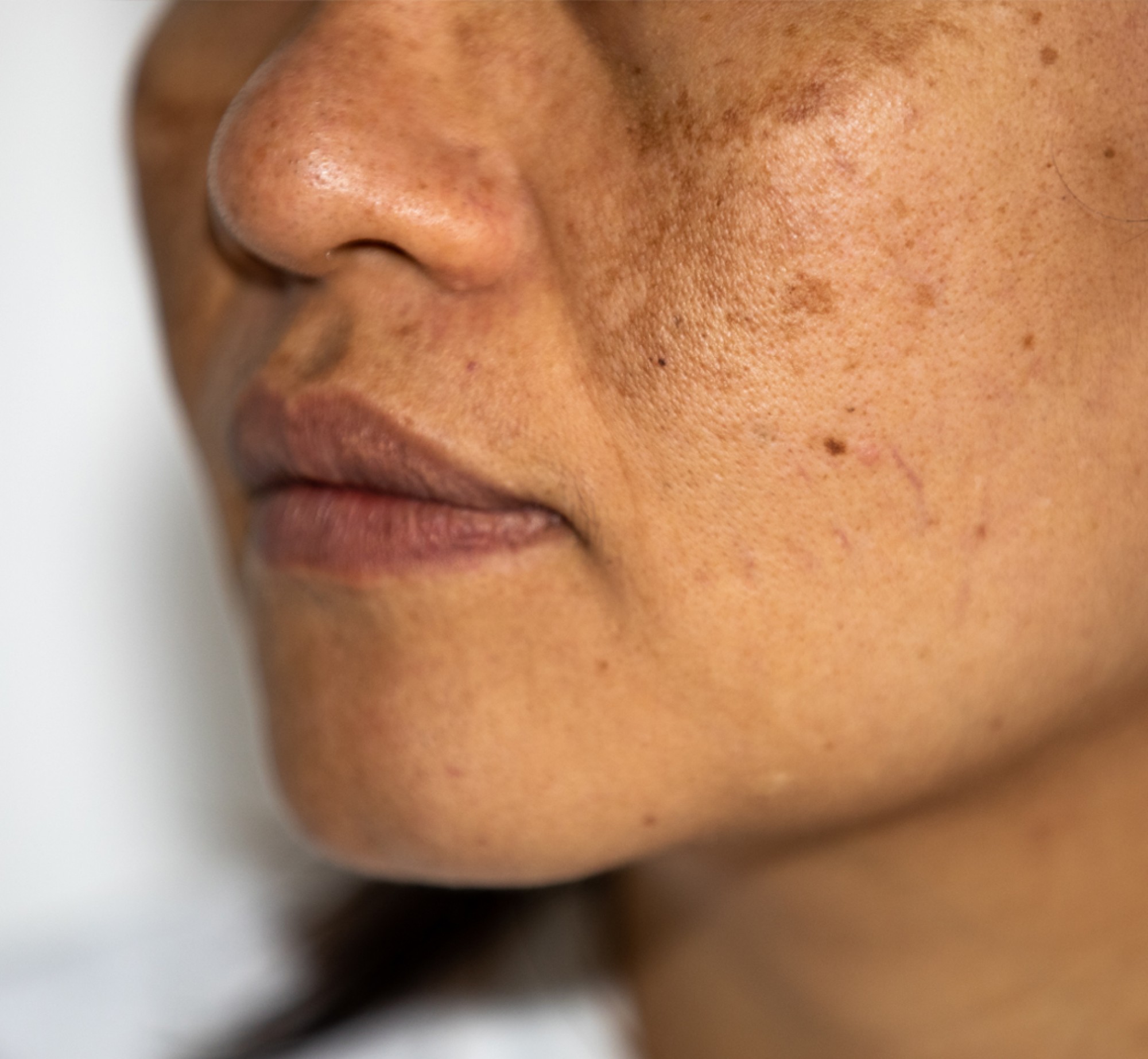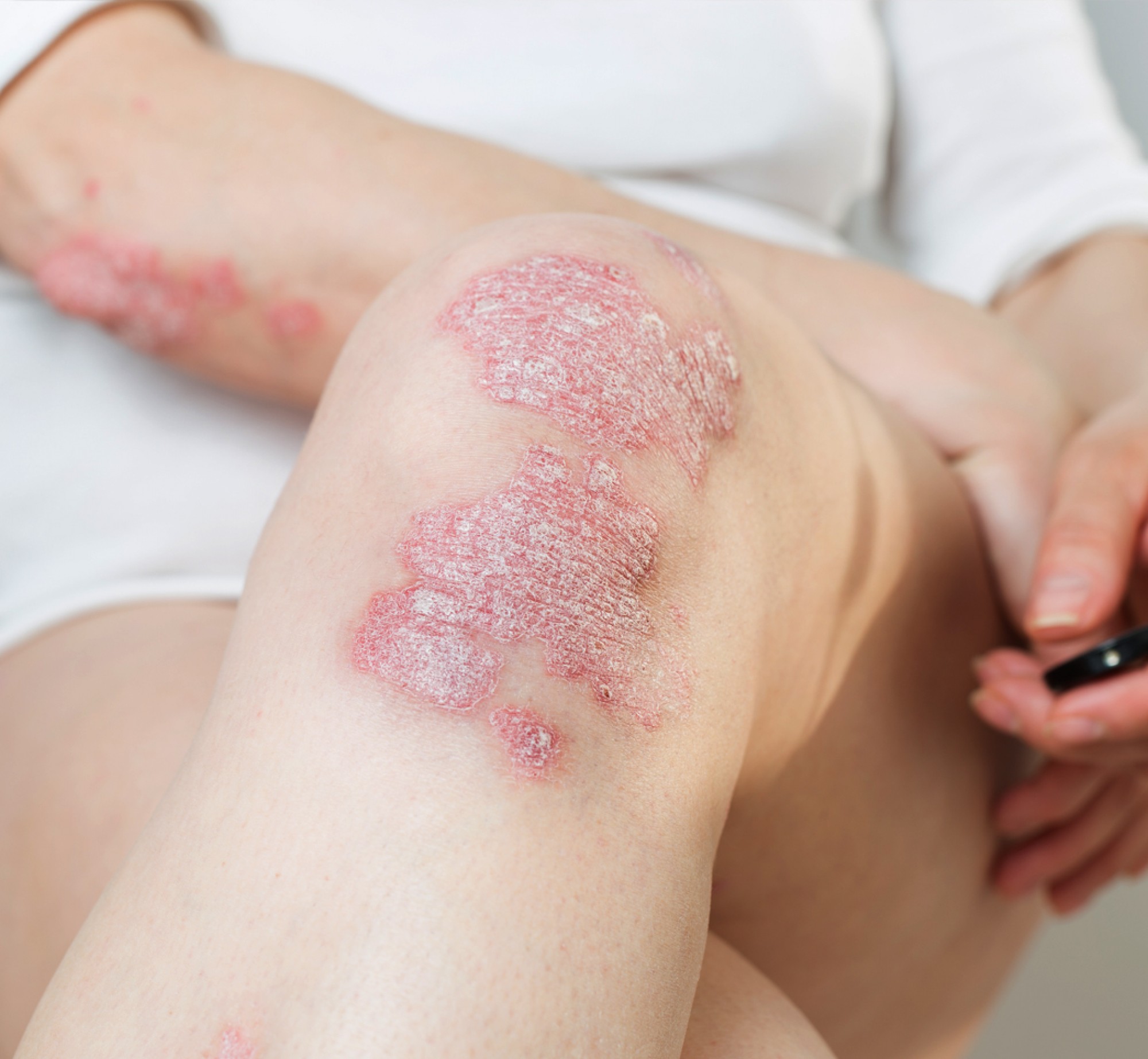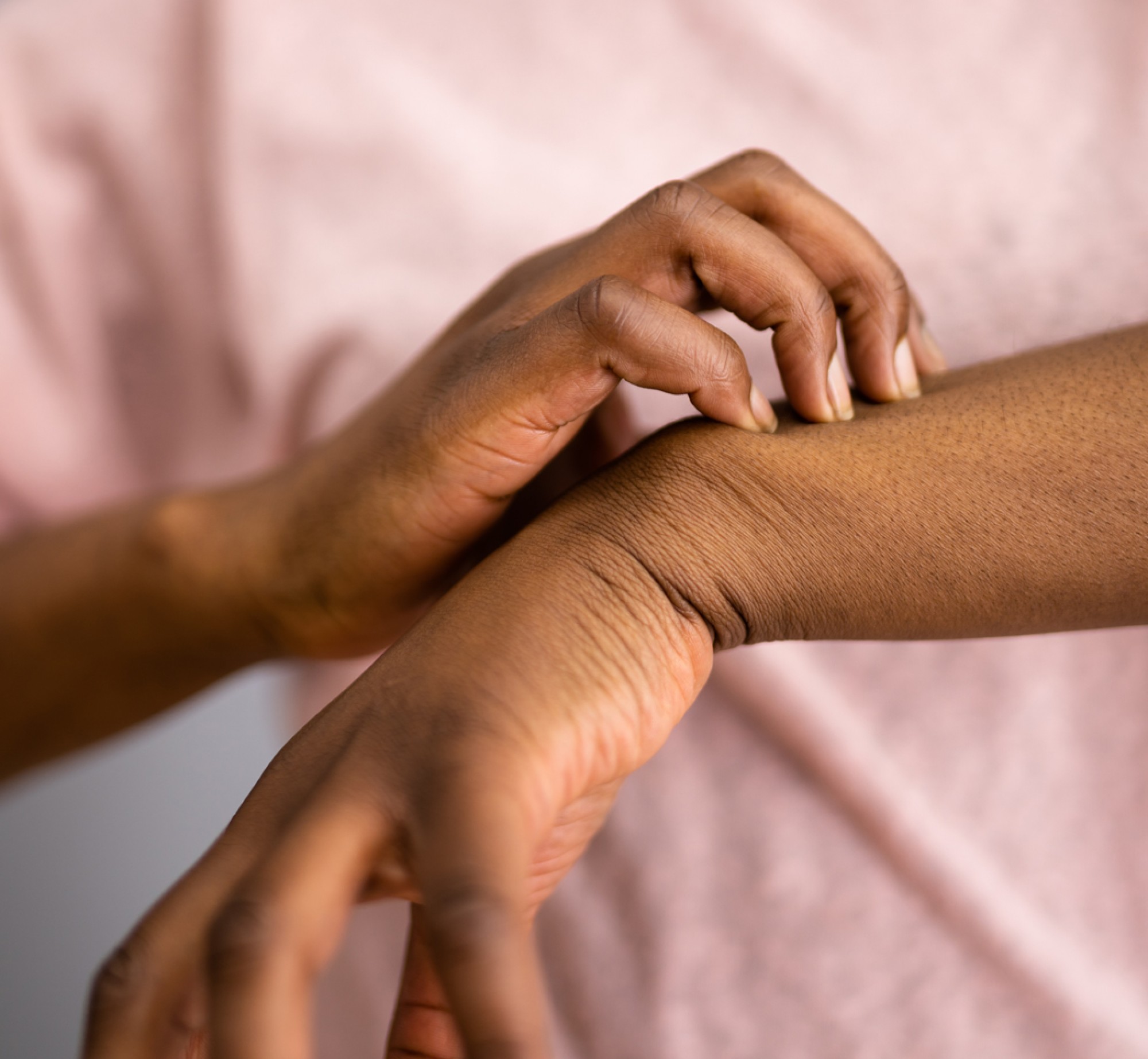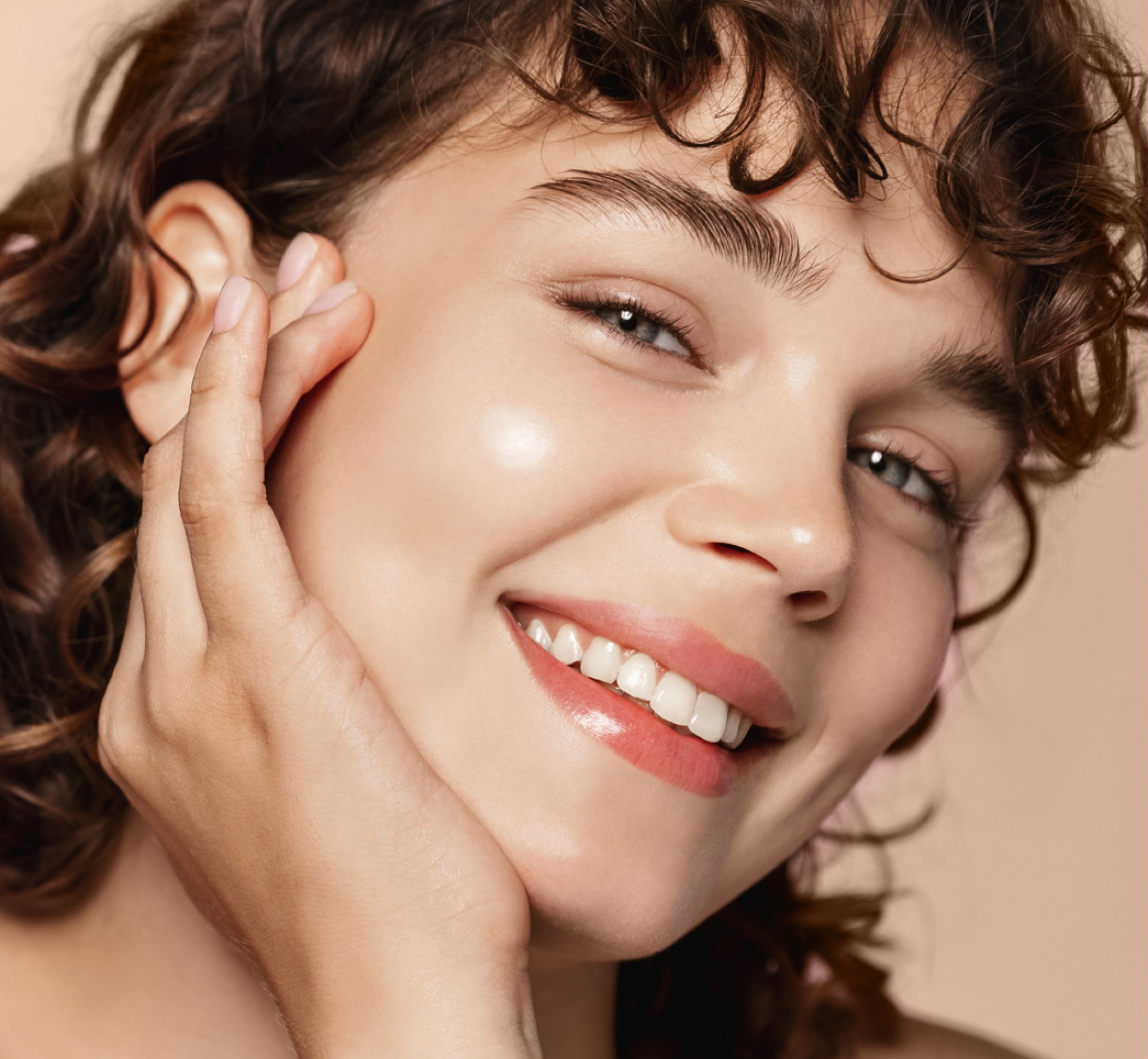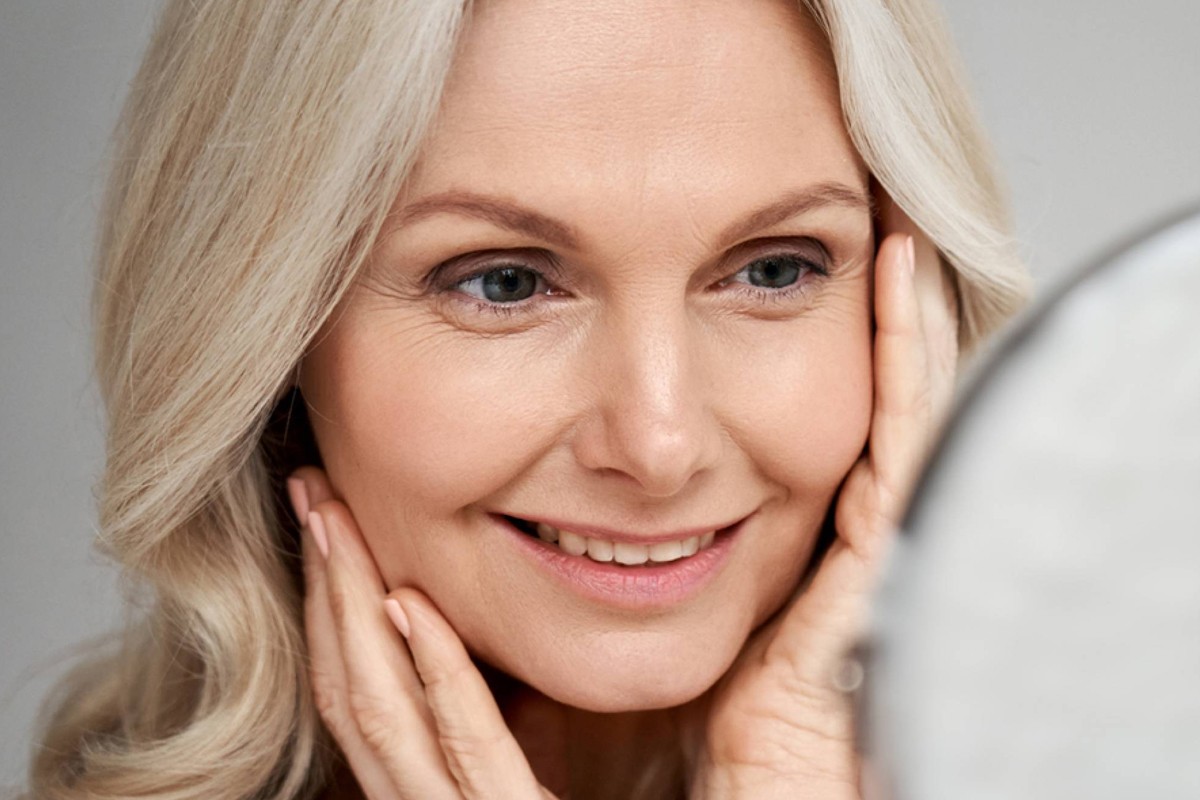The Blog
- Acne
- Maskne
- Melasma
- Pigmentation
- Hyperpigmentation
- Eczema
- Covid-19
- Rashes
- Covid-19 Vaccine
- Fillers
- Scars
- Botox
- Neurotoxins
- Skin
- Rosacea
- Seborrhea
- Anti-aging
- Skin Cancer
- Chemical Peels
- Allergies
- Infection
- Skin Tags
- Medical Care
- Dry Skin
- Skin Care
- Skin Care Tips
- Acne
- psoriasis
- Dandruff
- Impetigo
- Hair
- Intertrigo
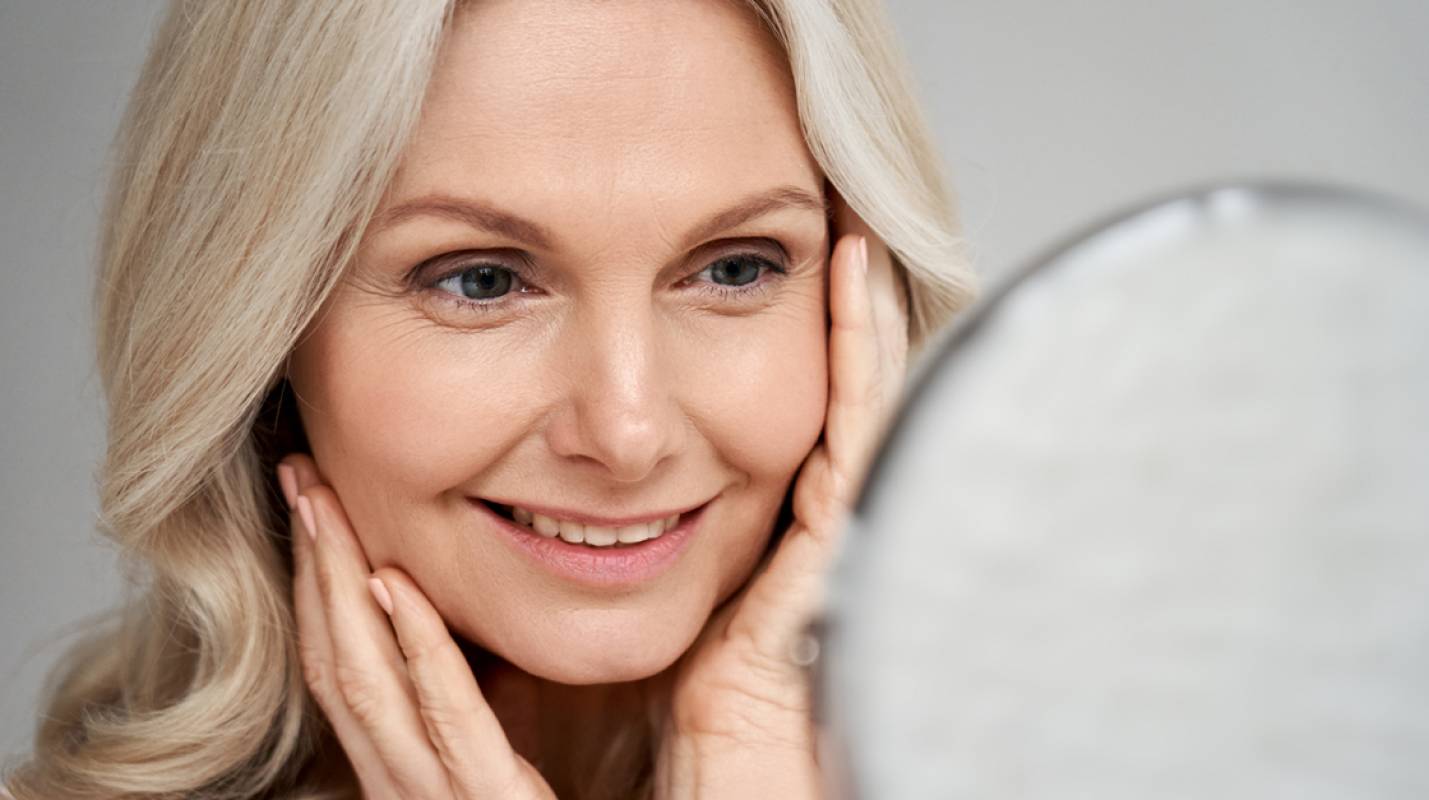
Aging of your skin is very personal and very complex. There are many distractors in life that keep us from taking care of our skin at a young age including lack of knowledge, busy lifestyle, and feeling invincible. Then suddenly, the changes happen, and they could strike as early as age 30. When they become visible, we are very conscious of our appearance, and we become very eager to reverse some of the damage and very motivated to prevent additional damage.
No one has perfect skin. We all have our demons. But armed with more knowledge, the reader will be able to reflect and will possibly be more proactive. Being empowered is very important.
Our understanding of skin aging has evolved tremendously, and our approach to combat aging with lifestyle modifications, skincare products, injectables, and various procedures has equally evolved.
In general, the aging of the skin is divided into two types, Intrinsic (Surface) and Extrinsic (Structure).
What does Intrinsic mean?
That means variables that are natural to you and unique to your body, specifically defined by your genetic makeup.
You probably know where this is going, it always goes back to the genes.
I can't begin to tell you how many times I have encountered complaints of this type: "I don't wanna get my mom's for headlines", or "I don't wanna get my grandmother's laugh lines" or "I don't want to get my uncle's pre jowls". There is some truth to this concern. We do often follow in the footsteps of our family members.
So, we are all handed a set of genes and we have to deal with them.
What exactly happens at the cellular level with Intrinsic skin aging?
Naturally, with age and time, your skin cannot repair itself like it used to, its defense mechanisms against damage also becomes impaired. When we are young, a trauma or a blister will heal quickly and skin tends to be forgiving. Even if we have some damage our DNA repair mechanisms can quickly fix the damage or the altered DNA. When we are older our reservoir gets depleted and our stem cells, the mother cells are challenged in number and function.
What is the consequence of Intrinsic skin aging?
I like to approach this very systematically—starting from the top layers of the skin and moving inward.
The keratinocyte, the primary cell of the epidermis (the skin’s outermost layer), becomes dysregulated over time, leading to changes in appearance, function, and turnover. This directly affects the skin’s texture.
The melanocytes, or pigment-producing cells, also become dysfunctional with age, which can lead to uneven skin pigmentation.
Loss of tissue is inevitable. Not only do we lose healthy tissue, but we may also gain unwanted or disorganized tissue. For instance, we begin to see a reduction in healthy collagen and elastic bundles. While collagen often gets the spotlight, elastic fibers are equally critical. The decline of both contributes to skin laxity, sagging, and changes in tone.
We also lose fat support units, and more recently, I’ve started paying closer attention to bone loss in my practice.
During dermal filler injections or cosmetic consultations, I frequently observe bony resorption, particularly in the upper cheeks. You may recognize this as the gradual sinking and recession of the jawline.
Even the ligament insertion points—which are responsible for lifting and anchoring the skin—begin to loosen. The net result of all these changes is a downward and inward pull of the facial structure.
What is Extrinsic skin aging?
This is aging secondary to external factors—and of course, we don’t live in a bubble.
From the moment we’re born, our skin is exposed to a variety of environmental stressors. Sun exposure is one of the most significant. Both chronic exposure and acute sunburns contribute to visible skin changes and increase the risk of skin cancers. This process is known as photoaging.
Photoaging affects texture, tone, and elasticity, leading to a loss of glow, the appearance of sunspots or patches, and the development of wrinkles—just a few examples of how this type of damage presents.
But sun exposure isn’t the only factor. Lifestyle choices such as smoking, poor diet, and lack of exercise also play a major role. For instance, patients who smoke often develop a distinctive skin undertone and are more prone to deep wrinkles, including smoker’s lines around the lips.
Smoking is especially detrimental because it releases harmful toxins and restricts blood flow. This is why smokers often experience delayed or poor healing following dermatologic procedures.
In addition, some patients—through no fault of their own—live with chronic health conditions such as lung, kidney, or heart disease. These conditions, along with the medications used to manage them, can significantly impact skin quality and resilience over time.
Do Intrinsic and Extrinsic skin aging ever cross paths?
Of course, intrinsic and extrinsic aging are deeply intertwined—and external stressors, like chronic sun exposure, only add fuel to the fire.
For example, long-term sun exposure damages elastic tissue in the dermis, the mid-layer of the skin. When we’re young, our bodies can repair these elastic fibers. But over time, our ability to regenerate them diminishes. The bundles begin to break down, fragment, and take on a bluish appearance under the microscope—a hallmark of a condition called solar elastosis.
As both a dermatopathologist and Mohs surgeon, I see this finding routinely. Clinically, it translates into a thickened, leathery, yellow-toned skin texture often seen in sun-damaged areas.
The same principle applies to precancerous lesions and skin cancers. In previous blog articles, I’ve shared stories of patients who developed skin cancers later in life—often after decades of sun exposure. The cumulative damage overwhelms the body’s repair mechanisms, and at some point, the skin simply can’t recover from additional UV insults.
You’ve probably also noticed easy bruising in older adults. Think of grandparents with frequent black-and-blue marks that seem to appear out of nowhere. This is often the result of photoaging. The sun weakens the small blood vessels in the skin, making them prone to rupture even with minor trauma. These purplish marks are known as solar purpura. While more common in patients taking blood thinners like aspirin, they’re a common—and often distressing—side effect of long-term sun damage.
And then there’s the issue of skin fragility. Many of you have likely seen older family members whose skin tears with the slightest bump. That, too, is a direct result of age-related skin thinning and loss of resilience—another sign of advanced skin aging.
Did you know skin ages faster in outer space?
I’ve always been fascinated by astrophysics and the remarkable discoveries we continue to make about our universe.
Interestingly, astronauts returning from space missions have reported noticeable changes in their skin—it becomes thinner, drier, and more prone to cuts and bruising. Research suggests that microgravity may accelerate the aging process, including skin aging. In fact, ongoing studies are exploring this connection.
Understanding the biological mechanisms of aging in space could offer valuable insights into how we combat skin aging here on Earth. It’s possible there’s a missing link—something we’ve yet to discover—that could help unlock new, more effective anti-aging treatments.
Skin is such a complicated organ!
Our journey hasn't started, we have so much to explore. Skin is the largest organ of your body and is very intertwined with every organ including the nervous and immune systems. More importantly, this organ is visible and affects patients' self-esteem in large magnitudes.
So, what do you do?
• Use your family's history wisely and learn.
• Wear your sunscreen and avoid sunburns.
• Lead a healthy lifestyle and practice moderation.
• Start body checks early.
• Visit your dermatologist early, to understand your risks for skin aging.
• Invest in a consultation for a medical or cosmetic product that is age-appropriate.
• Discuss your goals with your dermatologist.
• Ask questions... how does this topical work, what should I expect?
• Don't be shy to ask about cosmetic procedures. (Not infrequently I get a last-minute question, Dr. T do you do Botox?)
No one is more qualified than your dermatologist to lay down a plan.
Prevention is important, but being proactive is equally important!




